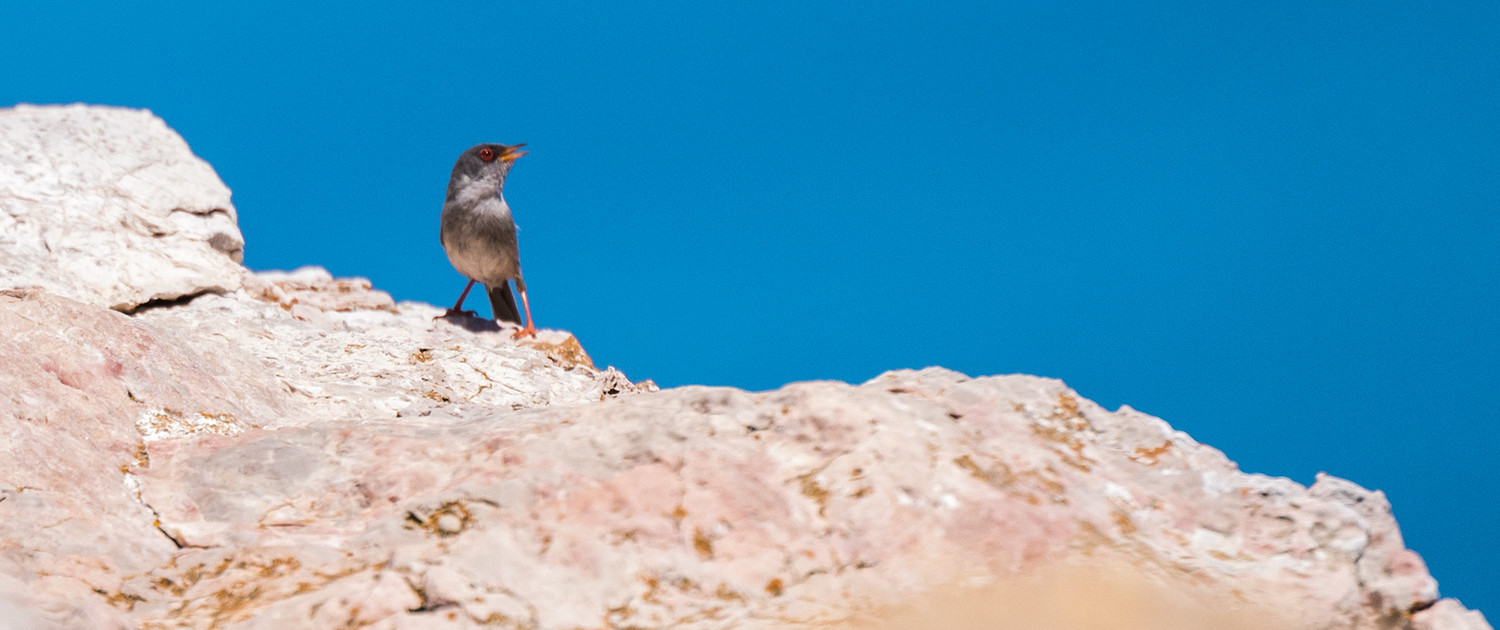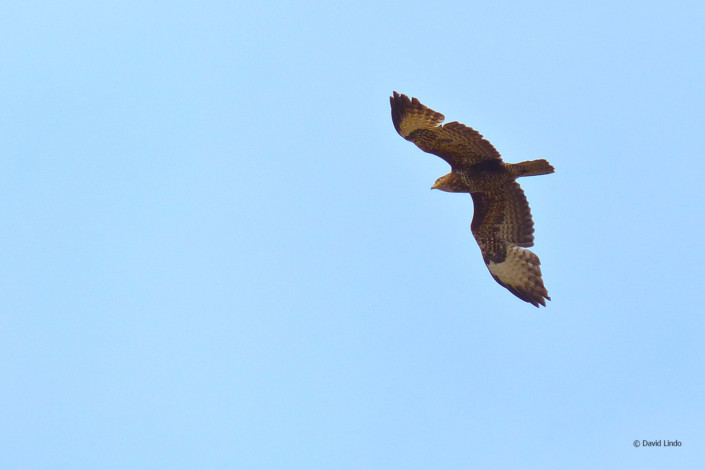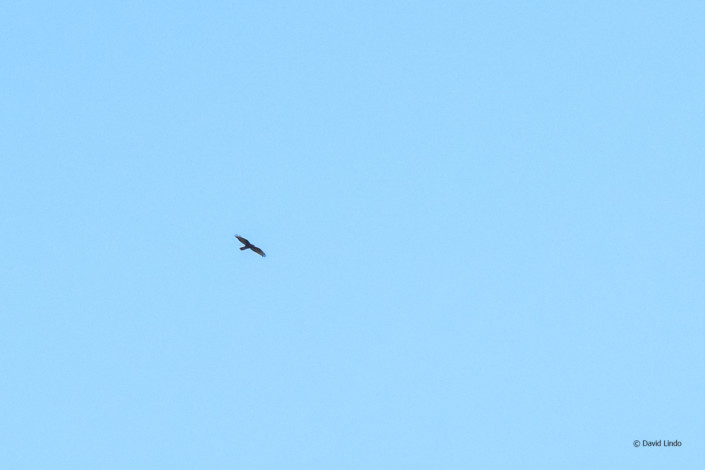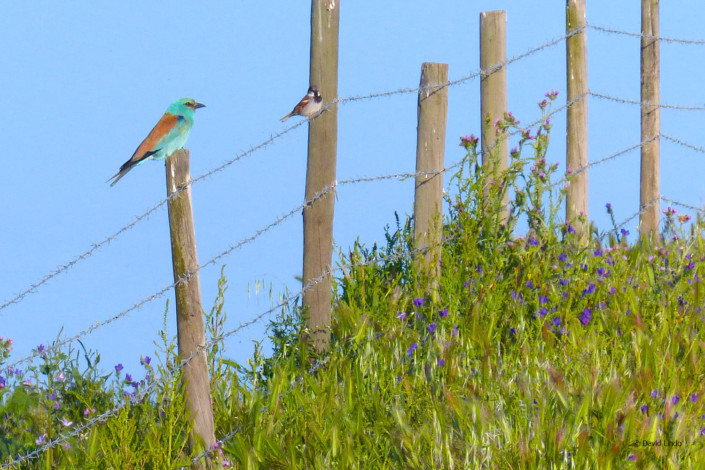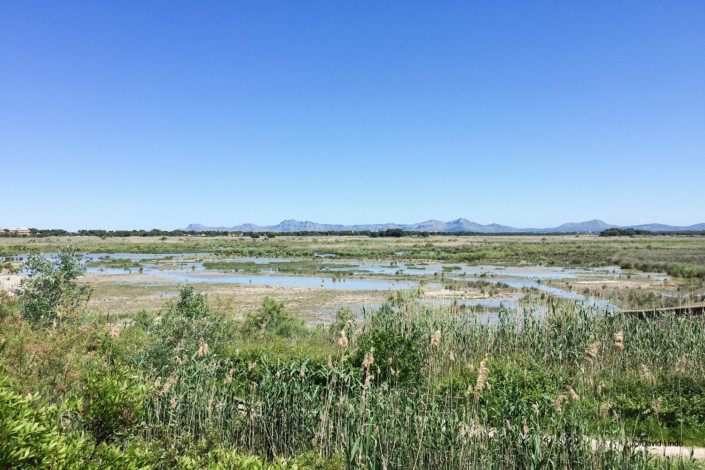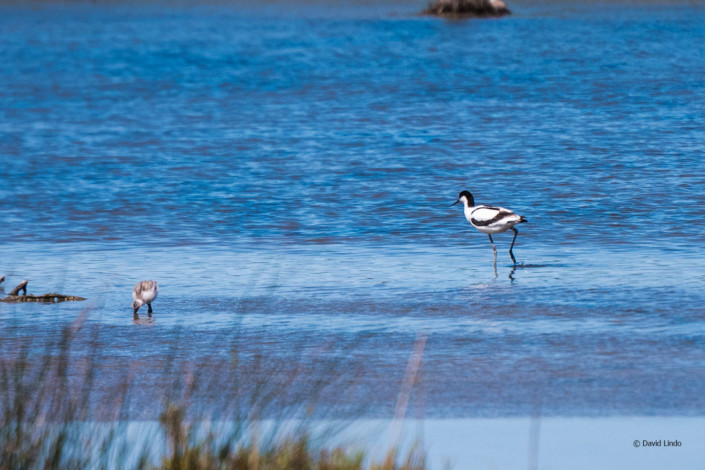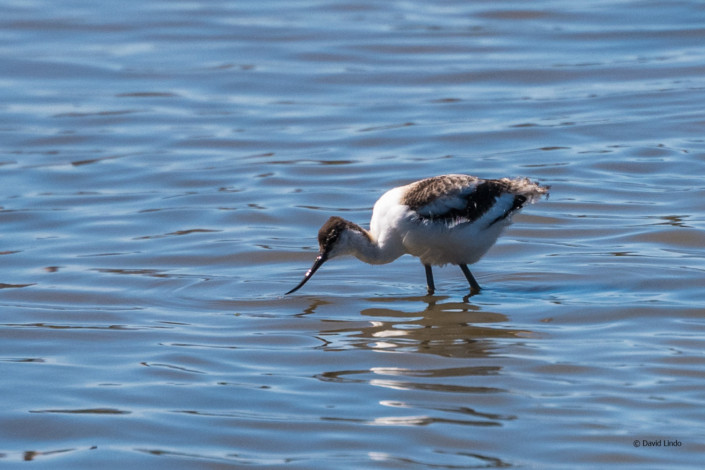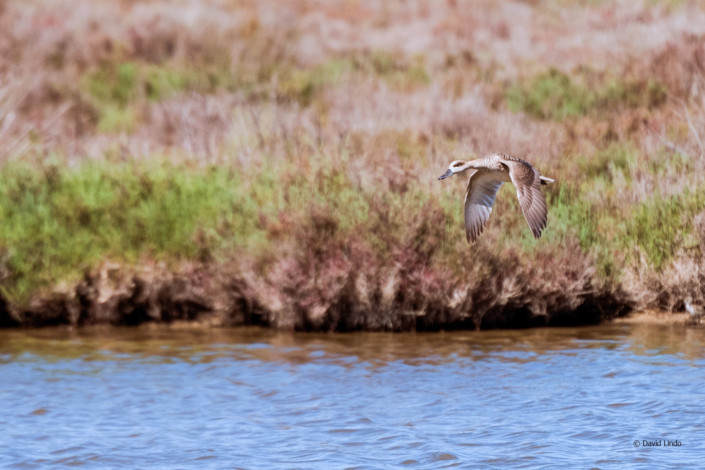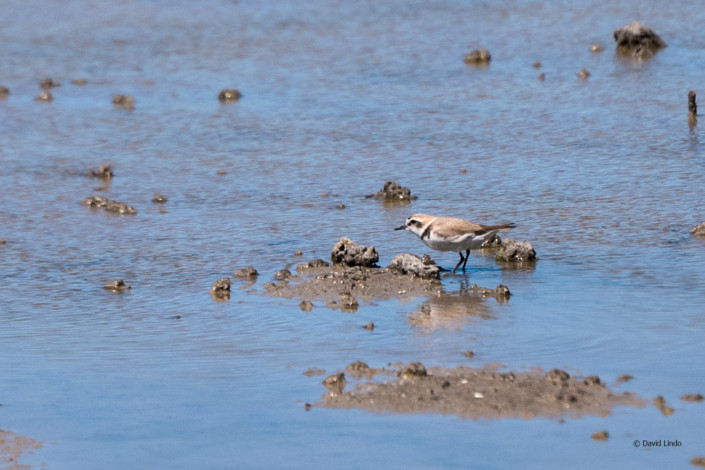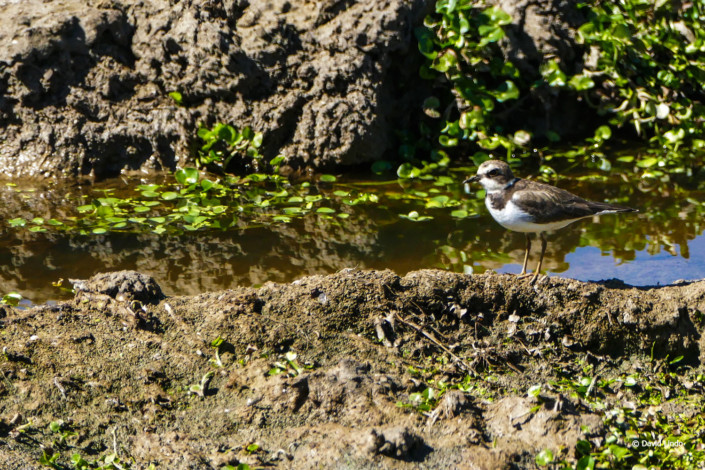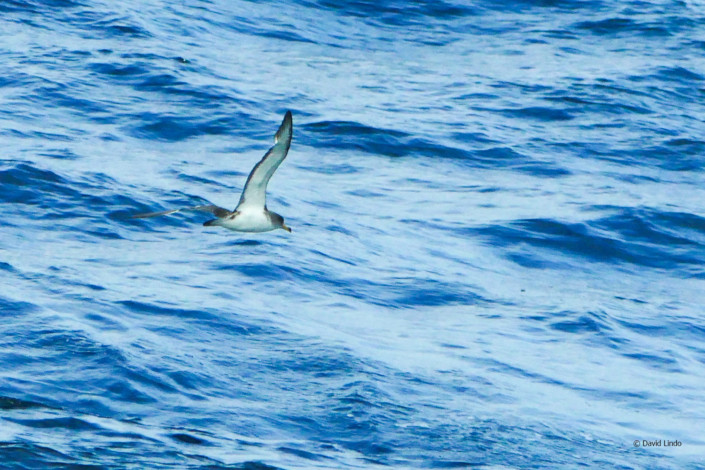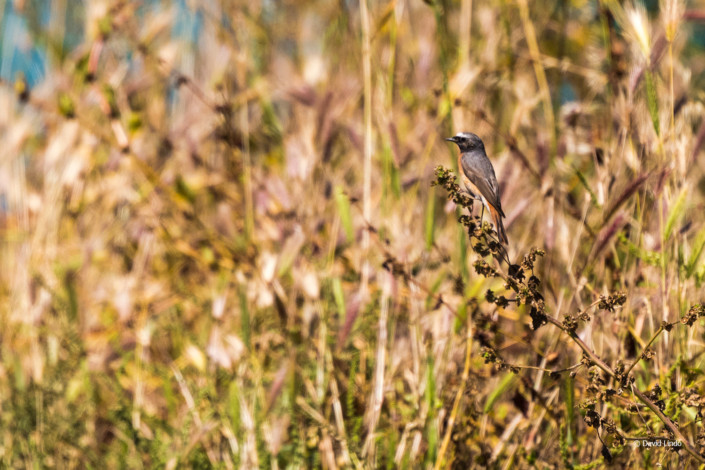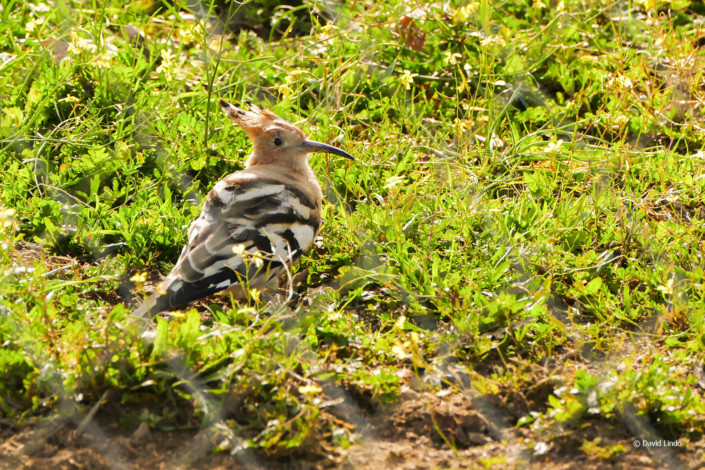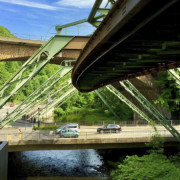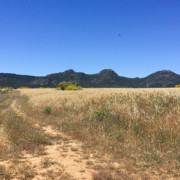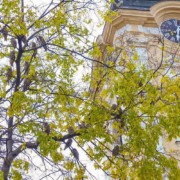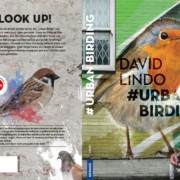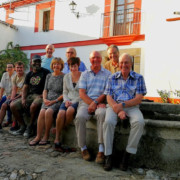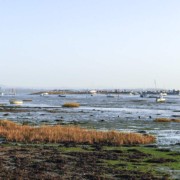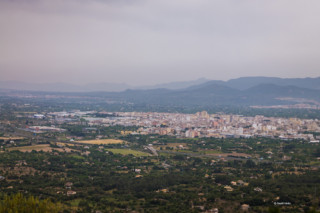The Balearic Warbler singing its scratchy song from atop a coastal boulder was definitely one of the incredible images etched into my memory from my trip to Mallorca. I was so excited to see this lifer several times at Cap de Formentor as well as in the Boquer Valley, a scenic valley running to the coast, some 3km northeast of my base in Pollença.
The Boquer Valley is a birding hotspot that is well worth scheduling into your Mallorca itinerary. Booted Eagle breed on the cliffs and the scrub can hold some interesting migrants during the appropriate seasons. My visit, although bathed in sunshine, was marred by a gusty wind that prevented prolonged views of any small birds. However, I was lucky enough to glimpse a super-elusive European Roller that had been lurking in and around the valley for the previous few days.
As I said in my previous post, general birding in and around Pollença was fairly productive. One of the best birds that I saw on my amble around the vicinity was a couple of newly arrived European Honey Buzzards that were drifting north overhead. I subsequently learned that they represented the first records for the island of this majestic summer visitor this spring.
Albufera Marsh was yet another Mallorcan hotspot that I was dying to visit as I had heard so much about it. Situated by the coast on the edge of urbanity just south of Alcudia it is famed for some of the amazing birds that it plays host to. I was still being plagued by a very blustery wind that put paid to my slim chances of locating one of the areas’ speciality species: the Moustached Warbler. Plus, I dipped on the reported dazzling male Collared Flycatcher that had been hanging around for a few days. But, I did spy the legendary escaped Golden Eagle that has been roaming the island for some eight years. My attention was alerted to this huge raptor when I noticed several distant Eleonora’s Falcons mobbing it.
It was the waterbirds and waders that ruled here. Common Shelduck were rubbing alulae with rare Marbled Duck and waders were well represented with Pied Avocet, Black-winged Stilt, Kentish, Ringed and Little Ringed Plovers foraging with Spotted Redshank, Dunlin and Curlew Sandpiper.
Perhaps the most exciting place I visited during my stay was the Isla de Cabrera National Park just south of the mainland. At the right time of the year it is a migrant trap with more than its fair share of rarities. Indeed, the day before my appearance on the island a putative Pallas’ Grasshopper Warbler had been briefly seen. If accepted, it will be Spain’s first record of this Asian skulker. To get to Isla de Cabrera National Park you have board a boat that takes you and other daytrippers on the 45 minute crossing to the island. The seas were calm on my trip and the wind had died down. Those conditions yielded me great close-up views of a few Scopoli’s Shearwater along with a solitary Balearic Shearwater.
One thing that I would say is this boat trip is extortionately priced. €38 per person for what was essentially a 4 hour landing did not represent good value. Worst still, you are only allowed on the island during the heat of the day, as there is no early morning boat. It is possible to stay overnight, by prior arrangement, but you still have to leave by the following afternoon. Additionally, you are not free to roam across the whole island. There is a strict policy allowing visitors access to approximately just a third of the island.
However, birding on the island was exciting as it was overrun with migrants. Common Redstart, Whinchat and Common Nightingale in the small patch of weedy ground known amongst birders as the ‘football pitch’ whilst in the wooded areas we successfully searched for European Turtle Dove and found migrant Wood Warbler and Tree Pipit.

